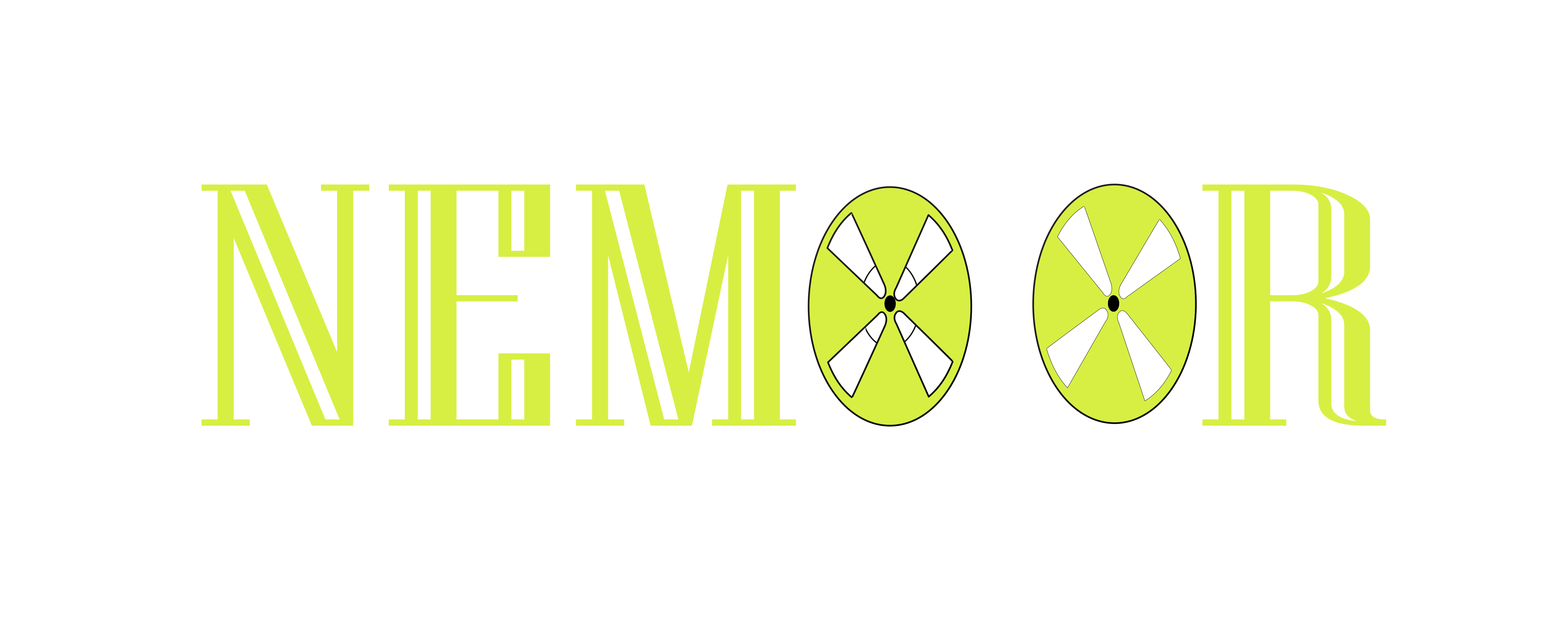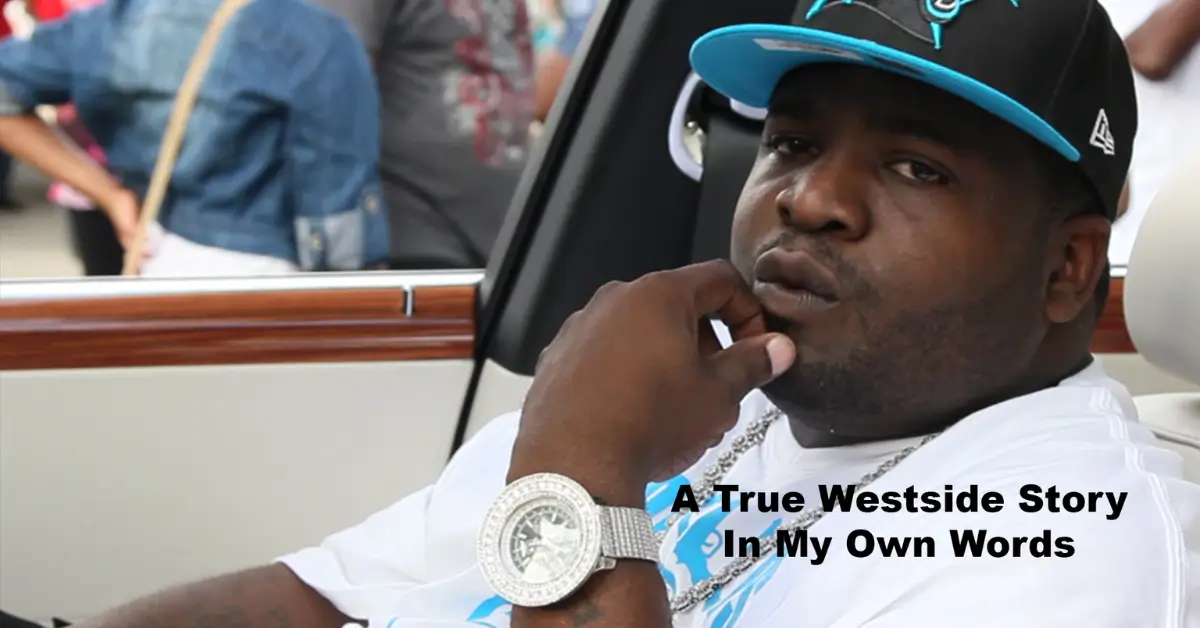A True Westside Story in My Own Words: A Raw Look at Music, Struggle, and Mental Health in Atlanta
1. Introduction
Movie name: A True Westside Story in My Own Words
Thank you for reading this post, don't forget to subscribe!A True Westside Story in My Own Words is more than just a documentary it’s an emotional, unfiltered journey through the projects of Atlanta’s Westside. Through firsthand storytelling and a lens focused on music and resilience, the film lays bare the psychological impact of growing up in systemic poverty and violence.
Thesis:
The film serves as a vital narrative about community trauma, music as emotional survival, and the often-overlooked mental health struggles faced by young Black men in underserved neighborhoods. It doesn’t just tell their story it feels their story, inviting viewers to reflect on how environment shapes mental well-being.
2. Basic Film Information
| Feature | Details |
|---|---|
| Title | A True Westside Story in My Own Words |
| Release Year | 2019 |
| Director | Tim Latners |
| Producers | Ol Boi, DJ Long, TLat |
| Main Cast | Deandre Norwood and other real-life community members |
| Genre | Action, Drama, Documentary |
| Runtime | 1 hour 5 minutes |
| Rating | 18+ (Mature themes) |
| Language | English |
Latners, though not widely known in mainstream cinema, captures the streets with an eye for realism, allowing residents to speak in their own voices. The producers are deeply connected to Atlanta’s underground music scene, giving the film its authenticity.
3. Plot Summary (Spoiler-Free & Deeper Dive)
🔹 General Overview
The documentary follows individuals growing up in the projects of Atlanta’s Westside a historically underserved and economically strained community. Through music, they find expression, identity, and healing.
🔹 Mental Health Themes
The film explores themes such as:
- Intergenerational trauma
- PTSD related to community violence
- Resilience through music and creative outlets
- Depression, survival mentality, and identity struggles
🔹 Key Turning Points
Key moments include raw personal stories from local artists, reflections on lost loved ones to violence, and intimate scenes where music becomes both therapy and testimony. These scenes show how trauma lives in the body and voice especially when healing resources are scarce.
🔹 Ending Analysis
The film doesn’t wrap up with a clean resolution it remains open, mirroring the reality of the community it documents. It concludes with a sense of hope but not closure, emphasizing that the story of mental health in marginalized communities is ongoing.
4. Setting & Cinematic Techniques
🏙️ Filming Locations
Shot entirely in the Westside of Atlanta, the film uses real streets, homes, and community centers to ground its narrative. No fabricated sets just raw life.
🎥 Cinematography
The visual style leans toward handheld and intimate, giving viewers a fly-on-the-wall perspective. The lighting varies from sunlit realism to dark, shadowy interiors symbolizing internal emotional states.
🎵 Sound & Music
Music drives the documentary both as background score and character dialogue. The hip-hop beats and freestyle sessions reflect the characters’ inner turmoil and resilience. The soundtrack is the heartbeat of the film, making music not just a subject but a therapeutic force.
5. Acting & Character Portrayal
🌟 Lead Appearances
There are no actors only real people. Deandre Norwood, among others, shares his story in a way that’s emotionally gripping and honest. Their vulnerability is palpable.
🙌 Supporting Voices
Other community members amplify the message, providing different angles on the same reality. Mothers, artists, and youth share layered perspectives on survival and mental strain.
✅ Accuracy & Authenticity
Because the film is grounded in real life, its portrayal of mental health is authentic no dramatic embellishment, no romanticized pain. It’s painful because it’s real.
6. Mental Health Representation: Strengths & Weaknesses
✅ Psychological Accuracy
While not clinical, the film captures the symptoms of mental health struggles in everyday behavior withdrawal, hypervigilance, grief, and emotional numbness. These are portrayed naturally through life stories rather than diagnoses.
🚫 Stigmatization vs. Awareness
The film breaks stereotypes by humanizing individuals often criminalized in the media. Instead of “thugs” or “troubled youth,” we see artists, sons, and survivors.
💬 Public Perception
While under-the-radar, those who’ve watched it especially from similar backgrounds have praised its rawness. The film has been used in some youth programs as a conversation starter about trauma and expression.
7. Critical Reception & Awards
🗞️ Critics’ Reviews
Due to limited theatrical release, mainstream critics didn’t widely cover the film. However, indie reviewers and hip-hop-focused platforms described it as “emotionally jarring” and “a real one.”
🎭 Audience Reactions
On platforms like Amazon Prime, viewers left heartfelt comments about the relatability and importance of the film.
🏆 Awards & Nominations
It did not garner major awards but remains an underground cultural artifact with real-world significance.
8. Cultural & Social Impact
🧠 Discussions Sparked
The film has sparked grassroots discussions about:
- Mental health in Black communities
- Music as therapy
- Systemic poverty and its psychological effects
🎬 Influence on Other Films
While not commercially influential, it’s part of a growing genre of community-led documentaries that center marginalized voices.
🧩 Mental Health Advocacy
While not directly tied to organizations, the film is often used informally in educational and therapeutic settings. It stands as a tool for peer-led advocacy and awareness.
9. Personal Reflection & Final Thoughts
Watching A True Westside Story in My Own Words is like being invited into someone’s pain not for entertainment, but for empathy. It opened my eyes to how music can be a survival tool and how often our society overlooks the emotional cost of systemic inequality.
🎧 Would I recommend it to someone struggling with mental health?
Yes especially for viewers from similar backgrounds. It might not offer clinical advice, but it offers validation, which is just as powerful.
👁 What could be improved?
A more guided narration or integration with mental health professionals could have enhanced the educational potential. Still, its rawness is its strength.
10. Conclusion
A True Westside Story in My Own Words isn’t just a documentary it’s a mental health narrative carved from real life. It sheds light on the struggles and strengths of those growing up in forgotten communities, offering a deeply personal and impactful viewing experience.
👉 What are your thoughts on this film’s portrayal of mental health? Did it change how you view the power of music and community? Drop your thoughts below or share this with someone who needs to see it.

